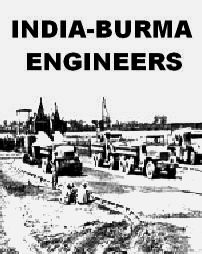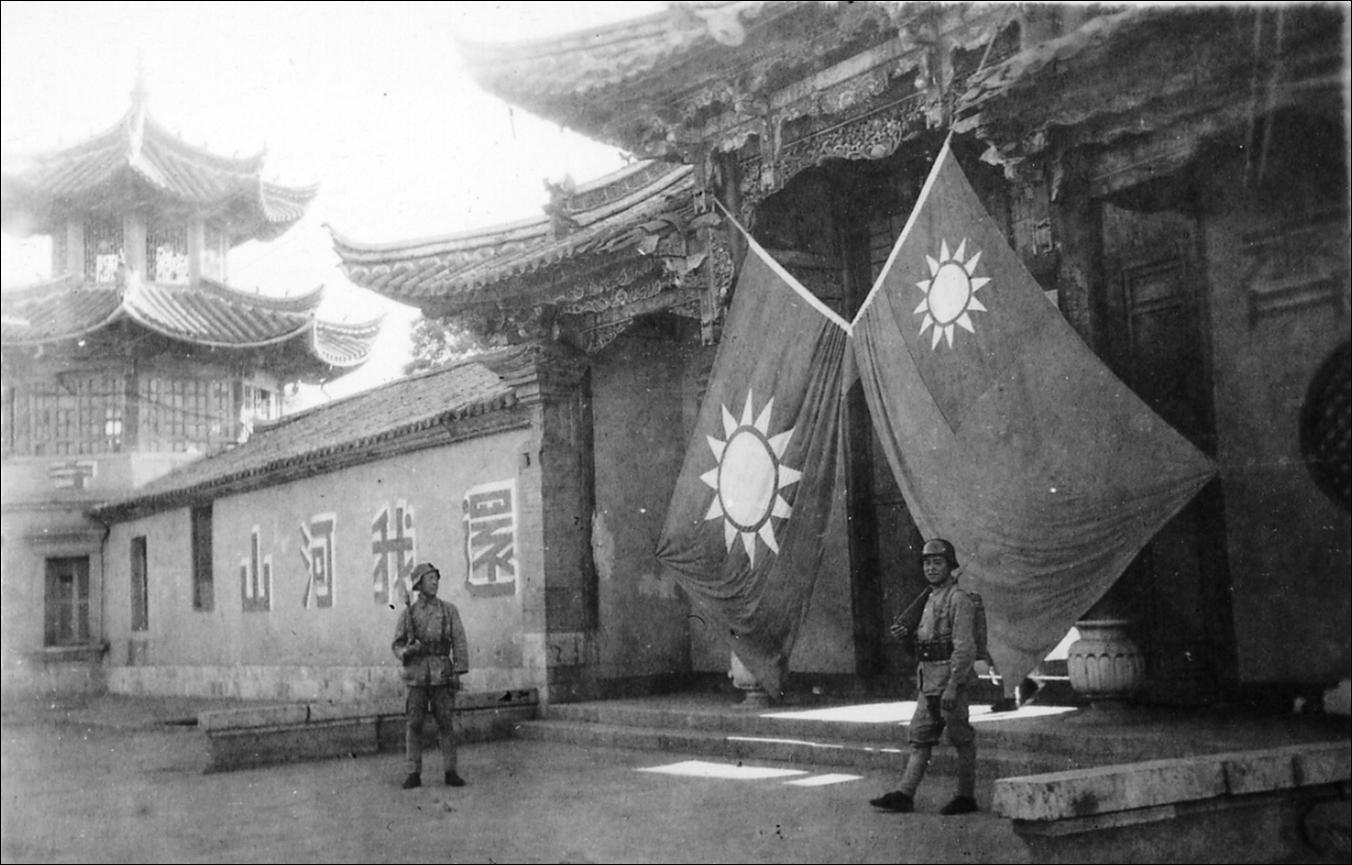
Those routes carried the material that made it possible for Chiang Kai-shek's Nationalist Chinese government to resist Japanese offensives.

Japan had invaded China in 1937, gradually isolating it from the rest of the world except for two tenuous supply lines: A narrow-gauge railway originating in Haiphong, French Indochina and the Burma Road, an improved highway linking Lashio in British Burma to Kunming in China.

had been supporting China's war against Japan with money and matériel. For some months prior to Pearl Harbor, the U.S. The Pearl Harbor Attack at the end of 1941 spurred America into World War II, but it was an earlier American commitment to China that drew the U.S. Further, construction of the Burma and Ledo roads also were vital to CBI operations. Combat Cargo Groups, flying the hump over the Himalayas from India became an important factor in the CBI supply strategy. In addition, the Allies aided China in the Japanese attack by conducting ground and air offensives.īy means of U.S.

Accordingly, the Allies transported equipment, men and supplies to China through Burma by building roads and pipelines, and India by flying the "Hump" route over the Himalayas. The enemy's seizure of China's seaports had severed its traditional supply lines. The Allies' aim in the China-Burma-India (CBI) Theater of World War II was to supply and buttress Chinese armies in their struggle against a massive Japanese incursion.


 0 kommentar(er)
0 kommentar(er)
